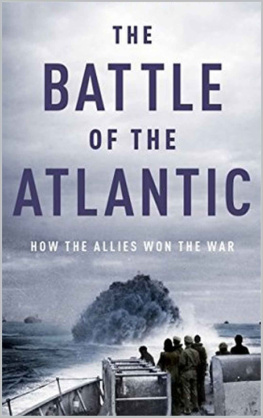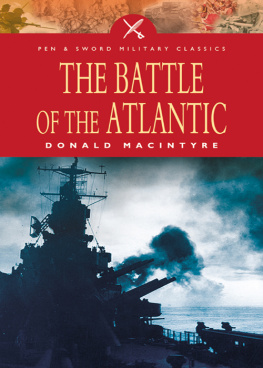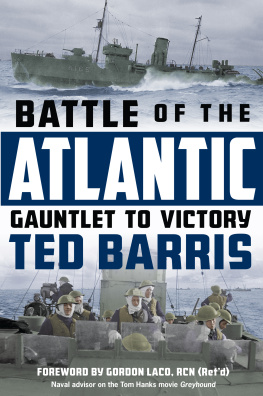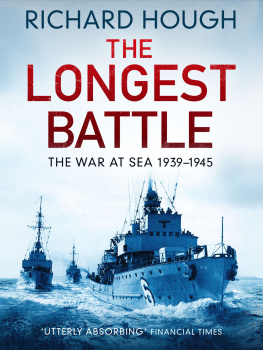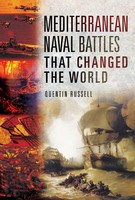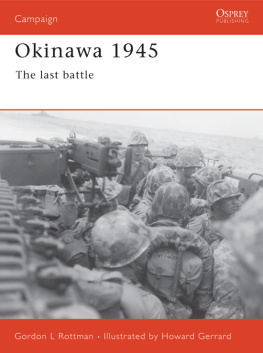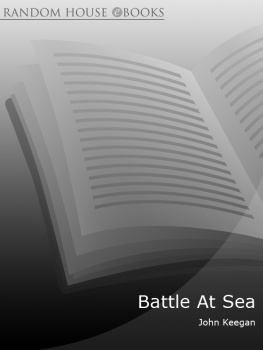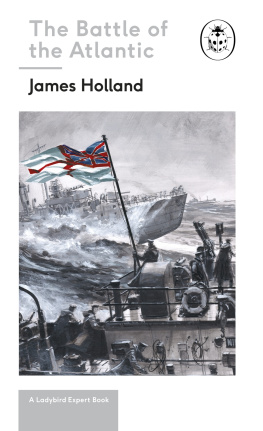Battle of the Atlantic
Chapter 1: Short Story of Battle
1.1 Early skirmishes (September 1939 May 1940)
1.2 Submarine warfare
1.3 British situation
1.4 'The Happy Time' (June 1940 February 1941)
1.5 Italian submarines in the Atlantic
1.6 ASDIC
1.7 Great surface raiders
1.8 Escort groups (March May 1941)
Chapter 2: The field of battle widens
2.1 Catapult Aircraft Merchantmen
Chapter 3: High-frequency direction finding
3.1 Watson-Watt
3.2 Battle of Britain
3.3 Battle of the Atlantic
Chapter 4: Description
4.1 Enigma cipher
4.2 U-boat captured by an aircraft
4.3 Mediterranean diversion
Chapter 5: Second Happy Time
5.1 Opening moves
5.2 Allied response
5.3 Operation Drumbeat
5.4 Operation Neuland
5.5 U.S. propaganda
Chapter 6: Battle returns to the mid-Atlantic
6.1 Ahead-throwing weapons
6.2 Hedgehog
Chapter 7: Leigh Light
7.1 Operation
7.2 Training
7.3 Germans break Admiralty codes
7.4 Enigma in 1942
7.5 German Command centre
Chapter 8: Climax of the campaign
8.1 Convergence of technologies
Chapter 9 : South Atlantic
9.1 Final years (June 1943 May 1945)
9.2 German tactical and technical changes
9.3 Last actions (May 1945)
9.4 Outcomes
Chapter 10 : Merchant Navy
Chapter 11: Shipping and U-boat sinkings each month
Chapter 12 : RAF Coastal Command during World War II
12.1 Official requirements
12.2 Anti-Submarine Bomb
12.3 Depth Charges
12.4 Machine guns and cannon
12.5 Torpedoes
12.6 Rockets
12.7 Bombsights
12.8 Sensors
Chapter 13: Training
Chapter 14 : Western Europe
Chapter 15 : Offensive operations, 19401945
Chapter 16 : Non-combat operations
Battle of the Atlantic
Chapter 1: Short Story of Battle
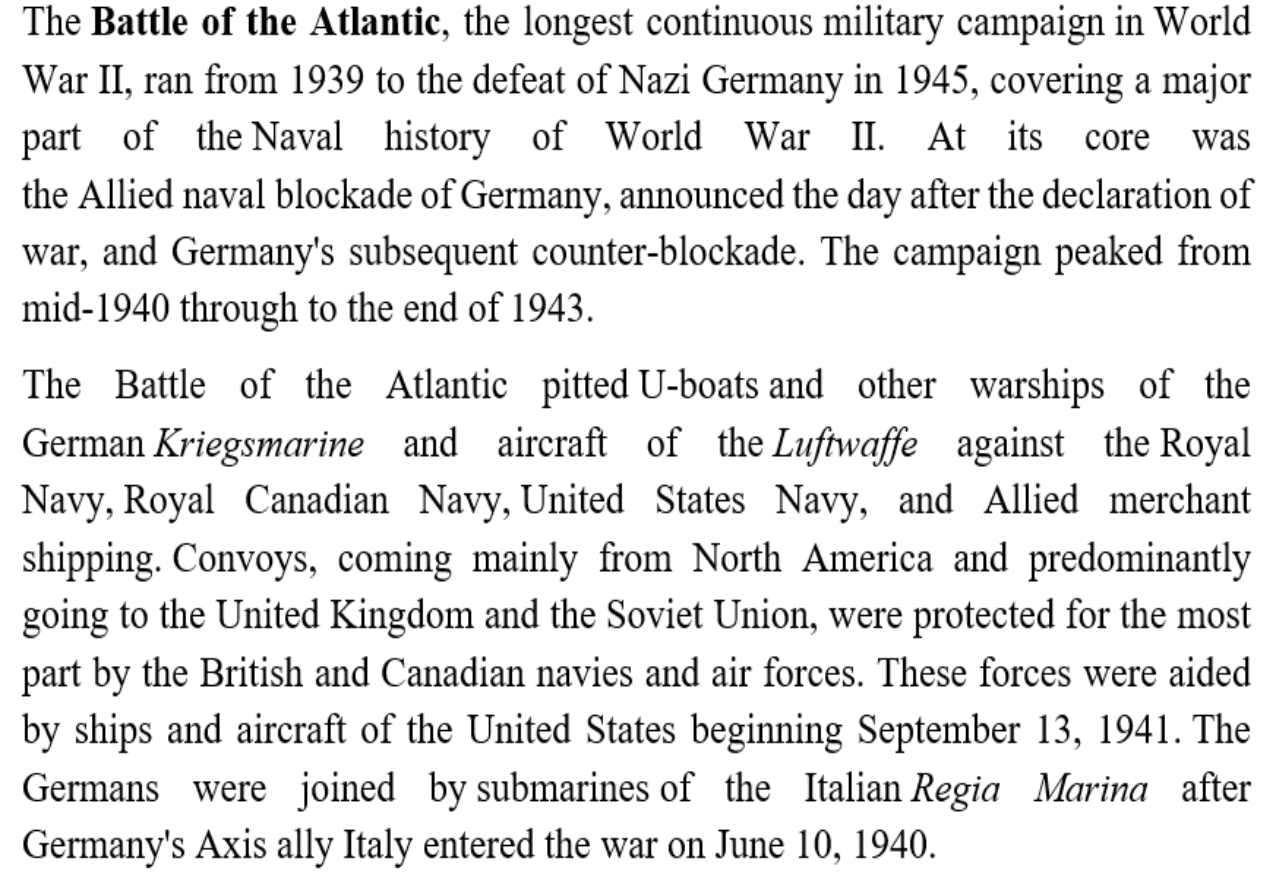
As a little island country, the United Kingdom was profoundly subject to imported products. Britain required in excess of 1,000,000 tons of imported material each week to endure and battle. Basically, the Battle of the Atlantic included a weight war: the Allied battle to supply Britain and the Axis endeavor to stem the progression of trader delivering that empowered Britain to continue to battle. From 1942 forward the Axis likewise looked to forestall the development of Allied supplies and hardware in the British Isles in anticipation of the intrusion of involved Europe. The annihilation of the U-boat danger was an essential for pushing back the Axis in Western Europe. The result of the battle was an essential triumph for the Alliesthe German barricade fizzledhowever at extraordinary expense: 3,500 shipper ships and 175 warships were soaked in the Atlantic for the deficiency of 783 U-boats (most of them Type VII submarines) and 47 German surface warships, including 4 battleships (Bismarck, Scharnhorst, Gneisenau, and Tirpitz), 9 cruisers, 7 thieves, and 27 destroyers. Of the U-boats, 519 were sunk by British, Canadian, or other associated powers, while 175 were obliterated by American powers; 15 were annihilated by the Soviets and 73 were abandoned by their groups before the finish of the battle for different reasons.
The Battle of the Atlantic has been known as the "longest, biggest, and generally unpredictable" maritime battle in history. The mission began following the European War started, during the alleged "Fake War", and kept going over five years, until the German acquiescence in May 1945. It included great many boats in excess of 100 caravan battles and maybe 1,000 single-transport experiences, in a performance center covering a huge number of square miles of sea. The circumstance changed continually, with one side or the other acquiring advantage, as taking an interest nations gave up, joined and even changed sides in the war, and as new weapons, strategies, counter-measures and gear were created by the two sides. The Allies progressively acquired the high ground, beating German surface-bandits before the finish of 1942 and vanquishing the U-boats by mid-1943, however misfortunes because of U-boats proceeded until the war's end. English Prime Minister Winston Churchill later stated "The lone thing that truly terrified me during the war was the U-boat hazard. I was much more on edge about this battle than I had been about the wonderful air battle called the 'Battle of Britain'."
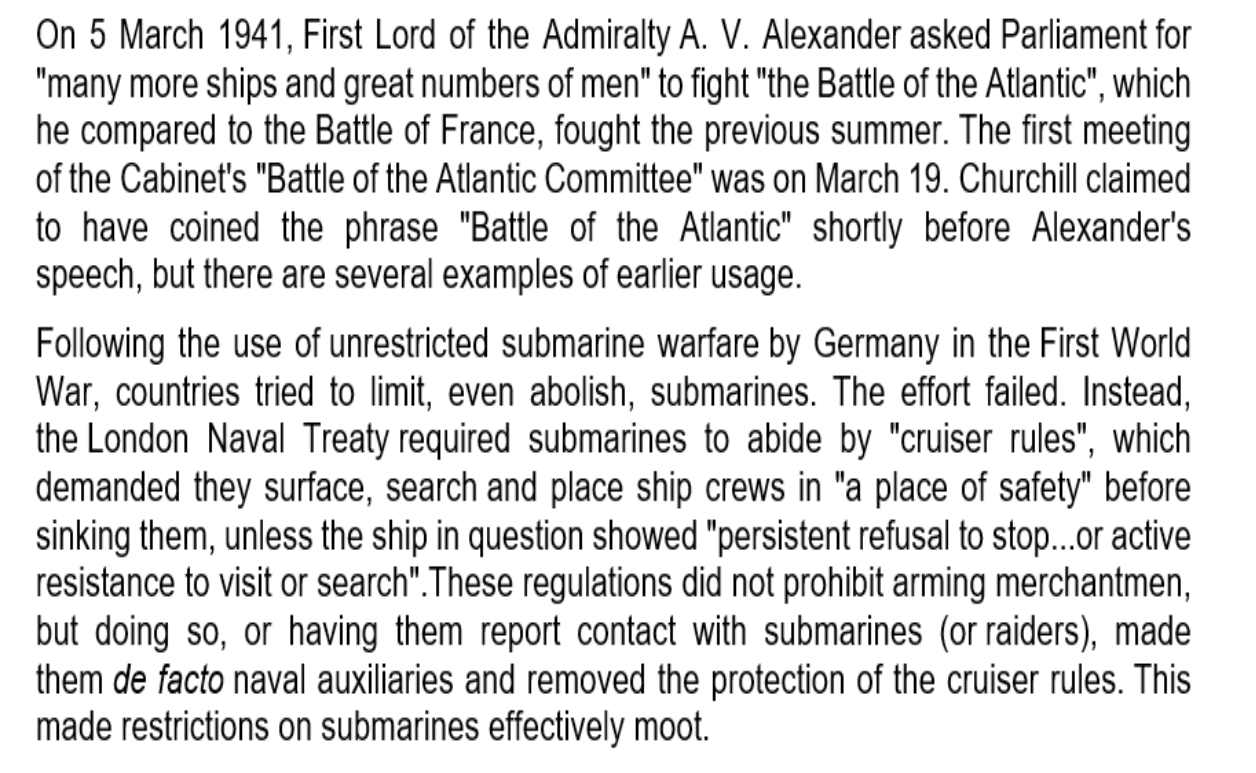
1.1 Early skirmishes (September 1939 May 1940)
In 1939, the Kriegsmarine came up short on the solidarity to challenge the joined British Royal Navy and French Navy (Marine Nationale) for order of the ocean. All things being equal, German maritime technique depended on business attacking utilizing capital boats, outfitted trader cruisers, submarines and airplane. These boats quickly assaulted British and French transportation. U-30 sank the sea liner SS Athenia not long after the announcement of battlein break of her orders not to sink traveler ships. The U-boat armada, which was to overwhelm such an extensive amount the Battle of the Atlantic, was little toward the start of the war; a considerable lot of the 57 accessible U-boats were the little and short-range Type IIs, helpful essentially for minelaying and tasks in British beach front waters. A large part of the early German enemy of transportation movement included minelaying by destroyers, airplane and U-boats off British ports.
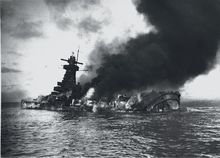
Admiral Graf Spee shortly after her scuttling
With the episode of war, the British and French promptly started a barricade of Germany, albeit this had minimal quick impact on German industry. The Royal Navy immediately presented a caravan framework for the assurance of exchange that bit by bit stretched out from the British Isles, at last coming to the extent Panama, Bombay and Singapore. Caravans permitted the Royal Navy to think its escorts close to the one spot the U-boats were destined to be discovered, the guards. Each guard comprised of somewhere in the range of 30 and 70 generally unarmed vendor ships.
Some British maritime authorities, especially the First Lord of the Admiralty, Winston Churchill, looked for a more 'hostile' system. The Royal Navy framed enemy of submarine chasing bunches dependent on plane carrying warships to watch the transportation paths in the Western Approaches and chase for German U-boats. This methodology was profoundly imperfect in light of the fact that a U-boat, with its minuscule outline, was in every case liable to recognize the surface warships and lower well before it was located. The transporter airplane were little assistance; in spite of the fact that they could spot submarines on a superficial level, at this phase of the war they had no sufficient weapons to assault them, and any submarine found by an airplane was a distant memory when surface warships showed up. The chasing bunch procedure demonstrated a debacle in no time. On 14 September 1939, Britain's most current transporter, HMS Ark Royal, barely tried not to be sunk when three torpedoes from U-39 detonated rashly. U-39 had to surface and abandon by the accompanying destroyers, turning into the primary U-boat loss of the war. Another transporter, HMS Courageous, was sunk three days after the fact by U-29.
Escort destroyers chasing for U-boats kept on being a noticeable, however misinformed, method of British enemy of submarine methodology for the primary year of the war. U-boats almost consistently demonstrated slippery, and the caravans, exposed of cover, were put at significantly more serious danger.
Next page
